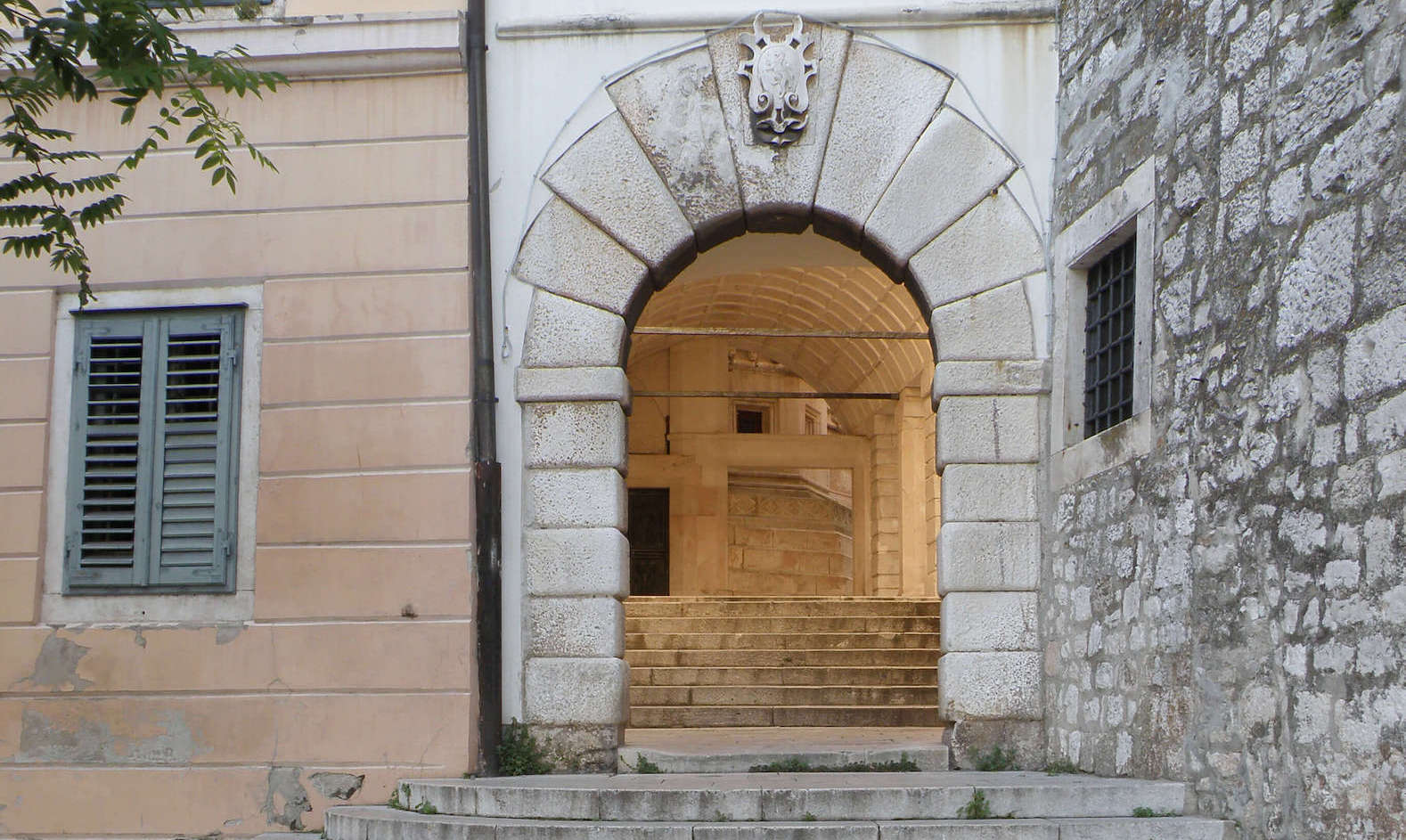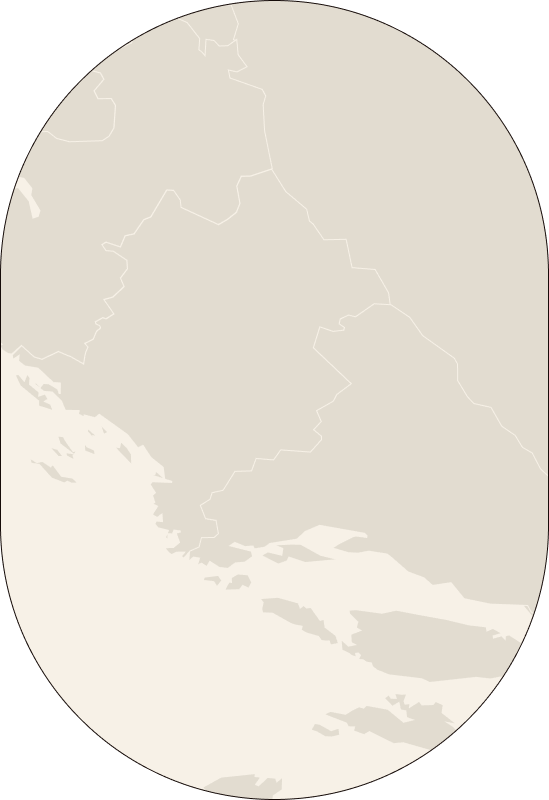Monasteries --- Šibenik
Šibenik
Just a few steps from the Cathedral of St. James, in the center of the historic stone core of the city of Šibenik, the monastery of St. Lucia, which dates back to 1639.

About us
The people of Šibenik believed that more monasteries, and therefore more monks, bring more God's blessing. This monastery also originated from this piety.
/01

Nikola Buronja, local prince and merchant, generously gave up his property. With this act, he helped the Benedictines in their intention to establish the monastery of St. Luce. At that time, the sisters lived by selling wine, liquor, brandy, figs and olive oil. A former tavern, today it has become an exhibition space for the monastery's valuable collection.
Monastery of St. Lucia in Šibenik
Unlike other monasteries intended exclusively for daughters of nobles, this one was founded with the intention of opening its doors to poor Šibenik girls who want to become nuns.
/02

/03

Since the foundation, the sisters have been engaged in the education of female youth. The first public girls' school in Šibenik was opened in the monastery, and after its forced closure, they opened a craft school and a kindergarten.
/04

/05

/06

/07

/08

/09

/10

The Šibenik koludrice are engaged in various activities, from taking care of the garden, making souvenirs and traditional Šibenik caps to presentation in the monastery collection. Sacral objects for liturgical use, paintings, sculptures and manuscripts from the 17th century preserved in the collection provide a cross-section of life in the community. Inside the church of St. Lucia, there is an organ from 1638.
Our place and location
Šibenik, rich in cultural and historical monuments, bears witness to its glorious past, and is most recognizable by the Cathedral of St. Jakov, protected by UNESCO.


Šibenik
See detailsŠibenik is known as the first city founded by the Croatian people more than 1000 years ago. It is also called Krešimir's town because it was mentioned for the first time on Christmas in 1066 in the grant document of King Petar Krešimir IV. The wealth of cultural heritage abounds in the stone beauty of the streets, which throughout history have given birth to 24 churches, 6 monasteries, 4 fortresses, 2,851 stone city steps, and the largest number of baroque organs.
/11

Other information
Everything you want to know about our community and life, don't hesitate to ask. By learning about our life, you will understand why it is nice to be a Benedictine.
Ulica Svete Luce 1,
22000 Šibenik, Hrvatska
022 338 324
spas.kateiluce@gmail.com